Last month, Kevin Dunn from the HubSpot Academy came down to Sarasota and was our guest speaker for the Sarasota HubSpot User Group’s Voice of the Customer Optimization Workshop. He discussed how businesses can get more customers from referrals and how to use Voice of the Customer Optimization and the HubSpot Service HUB to grow your business by listening to current customers.
Voice of the Customer Optimization Workshop Recap
What is Voice of the Customer Optimization?
Voice of the customer optimization is the process of listening to customer feedback about their experience using a product or service. Discover their expectations, preferences, aversions, and overall satisfaction; it typically consists of both qualitative and quantitative data.
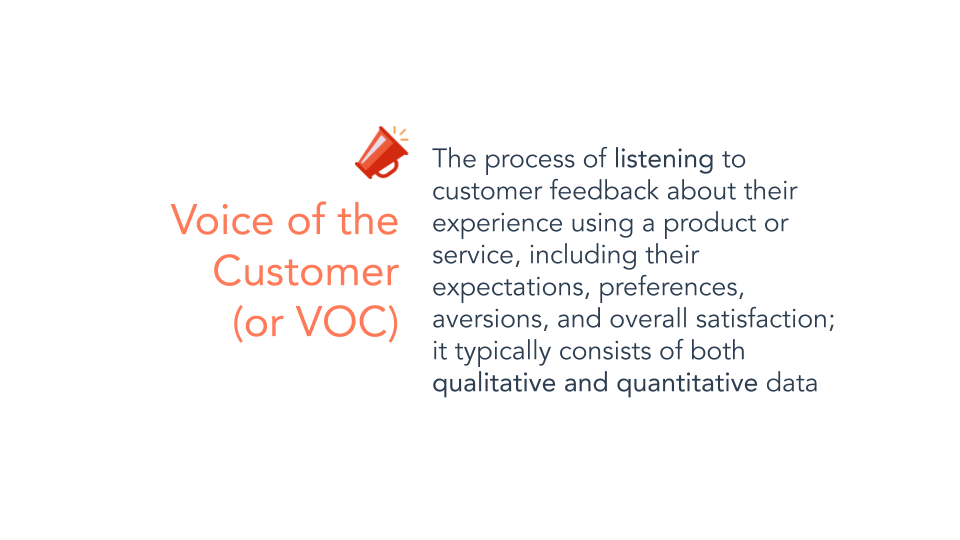
A form of customer service, voice of the customer optimization is a way to use your customers as a resource to better your company and your products. Use their feedback, whether it’s positive or negative, to build and improve upon your processes.
As an example, Kevin told us about the story of Domino’s Pizza whose stock, after a substantial free fall in pizza quality, was plummeting. The reigns of the company were given to former CEO, Patrick Doyle.
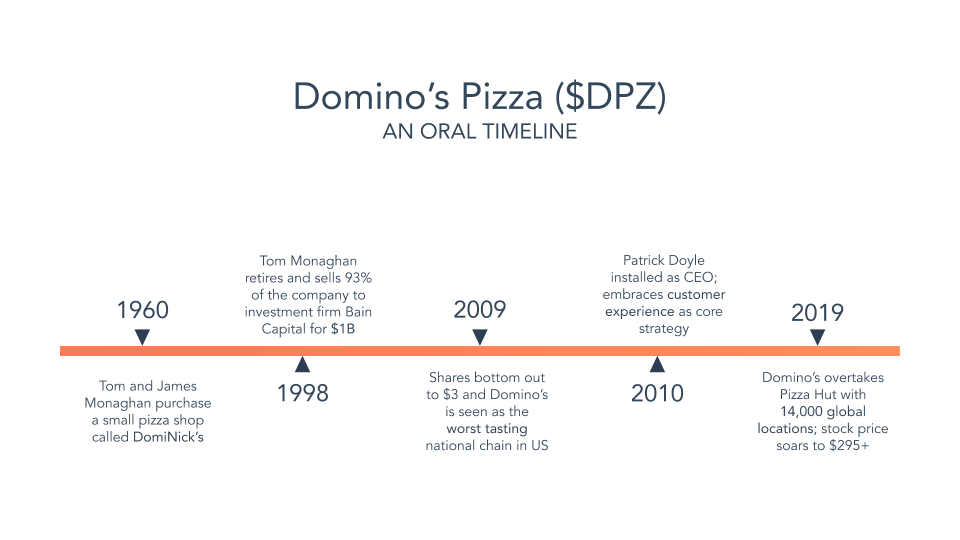
While in charge, Doyle decided to revamp the way Domino’s took in customer feedback. They did something stunning that changed the way they did business for the better: they listened.
“You can either use negative comments to get you down or you can use them to excite you and energize your process to make a better pizza.” - Patrick Doyle
Listen to your customers, find out what’s wrong with your product or process, fix those issues and witness the benefits all around you, just like they did at Domino’s.
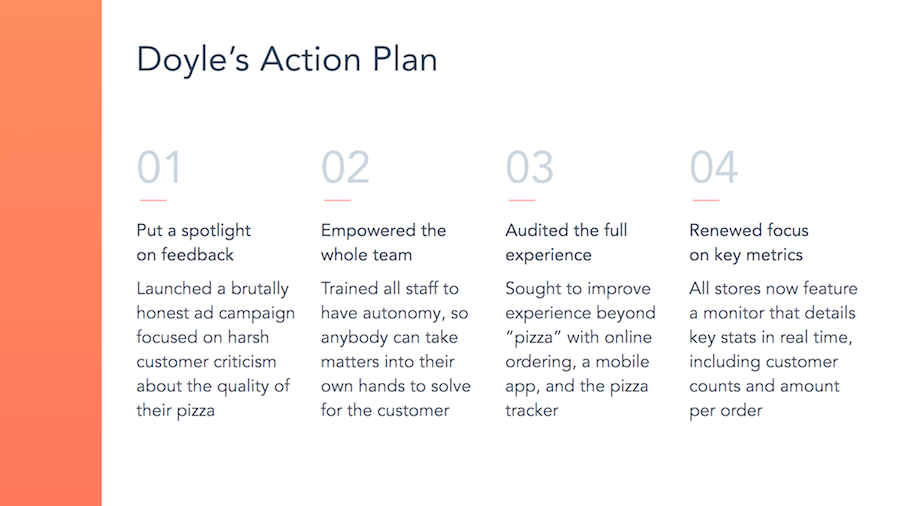
How Can You Source More Customer Feedback?
The biggest asset you have when looking to source feedback is sending out surveys through the contact info that you’ve gathered. Unfortunately, the biggest challenge you have is that people are generally uninterested in filling out surveys sent to their emails. This isn’t due to the act itself, it’s because of poorly written surveys and the sentiment that companies really don’t care what they have to say anyways. 43% of people won’t give feedback simply because they don’t think that business cares.
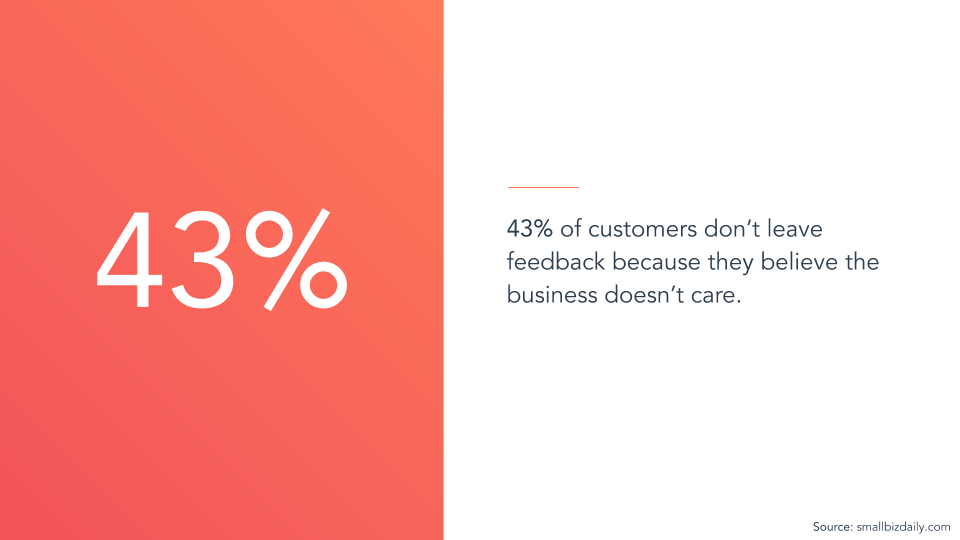
When gathering feedback, get creative with your questions and answer processes, make it as easy to answer the question as you can while still getting answers that tell the true story. There are three main metrics to help you measure your customer’s satisfaction.
Customer Satisfaction (CSAT): Find out what your customers think about your products or your process. Were they happy with how everything happened and the end result?
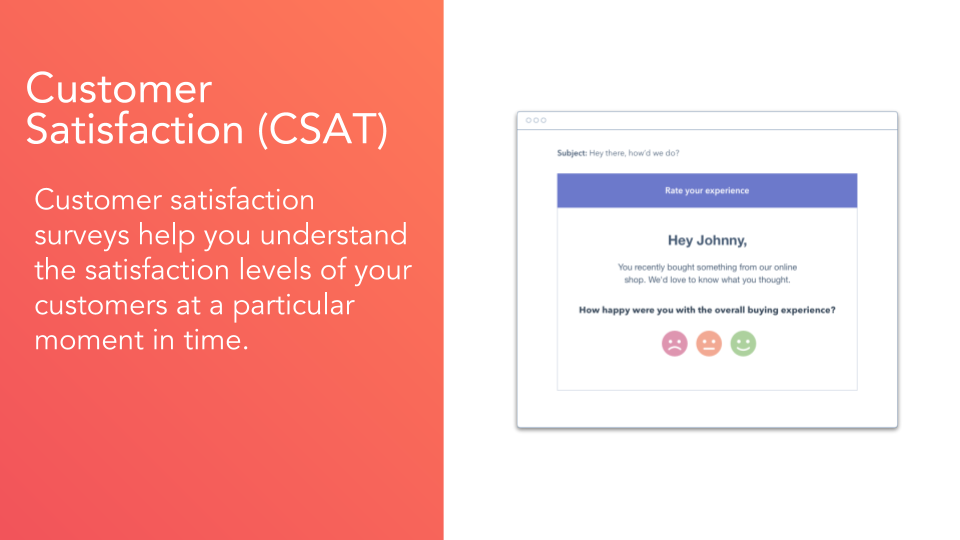
Customer Effort Score (CES): Measure how effective your customer service is. Find out if your customers truly believe that you made an effort to alleviate their issues and do everything you could to help them.
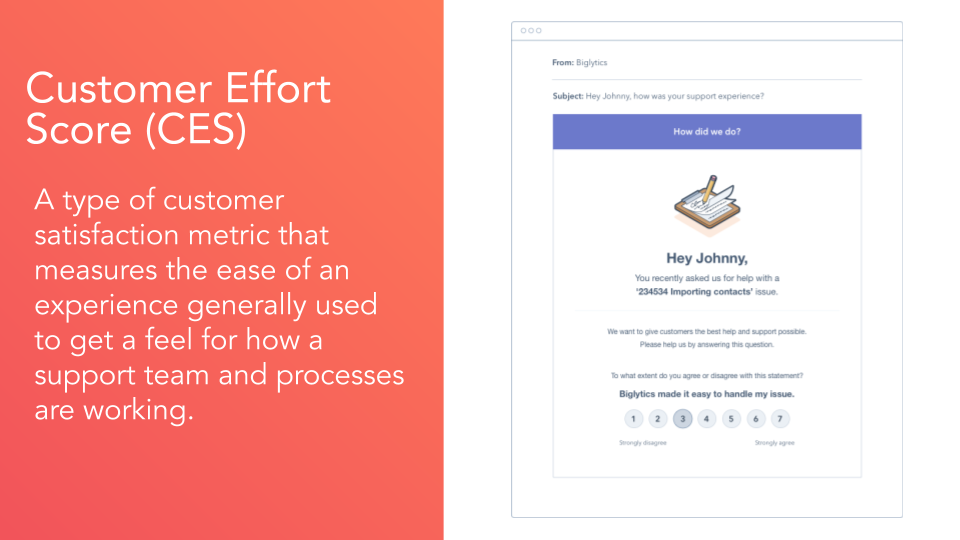
Net Promoter Score (NPS): Help yourself understand the overall feeling a customer had throughout your process and beyond it. This will help you know how they are talking to their friends, family, and other acquaintances about your company.
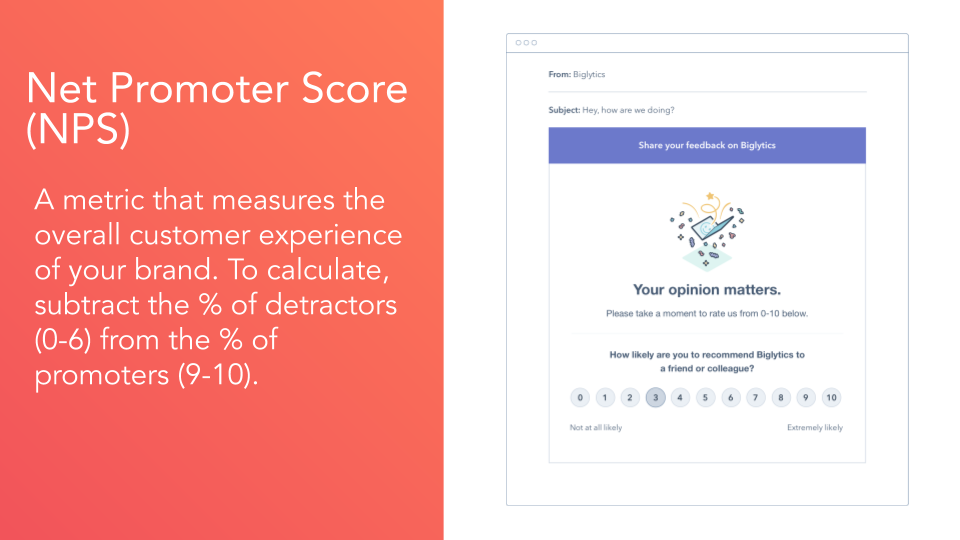
Choosing which metrics to go after, and who to gear your questions toward, depends on the goal of the feedback that you’re gathering.
Not getting the feedback you need or not getting feedback at all? Here’s what to do:
- Personalize: Do everything you can to customize your survey to the people and make it as easy to use as possible. Use clear language, optimize it for mobile use, test and improve subject lines, and use personalization tokens to further tailor surveys to specific customers.
- Simplicity: Don’t over-complicate it and drive someone away. People don’t have a lot of time and, honestly, they already don’t want to fill this thing out anyways. So, make it clear what you need with strong copy, shorten questions to only get what you absolutely need, and make the questions easy to understand.
- Preparation: In order to improve response rates, go ahead and try to prepare a customer for the survey. Let them know ahead of time before you send the survey out, let them know why you’re gathering data, estimate the time of the survey and tell them and test all aspects of the survey to ensure they work before sending them out.
How can I more strategically analyze customer feedback?
The first step is to do what’s already been mentioned: establish questions and surveys to distribute and gather the information.
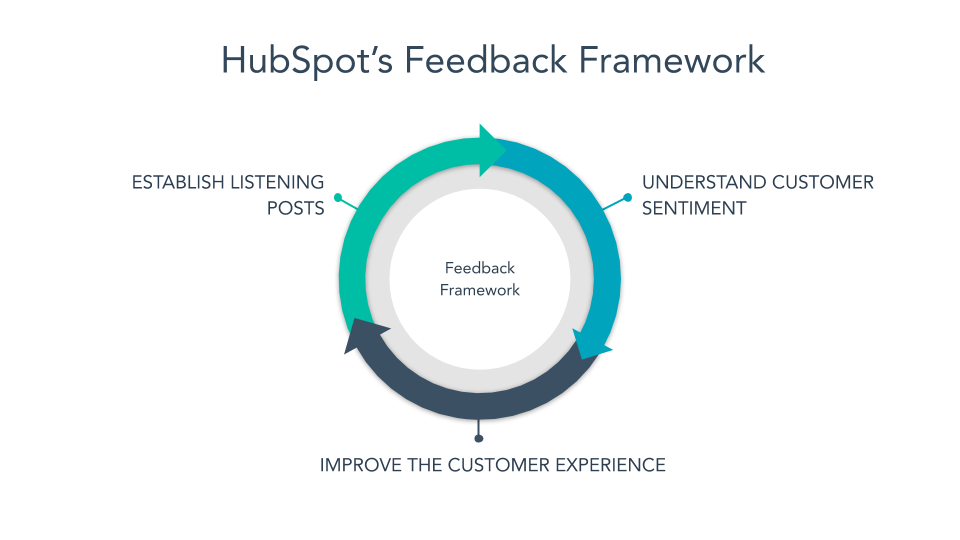
After that, take that information and analyze it to decide what it’s trying to tell you. Look for your quantitative data to decide if something is wrong, then to the qualitative to figure out what’s wrong.
Take the data and sort it into themes and feedback types in order to look for trends. Start with the exact feedback, find the core theme of it, then sort it into one of the feedback types.
Feedback Types:
- Functionality
- Feature Requests
- Usability
- Reliability
- Customer Service
- Billing
This will let you decide what you’re customers are giving feedback on and where in the process that the most trouble is being caused.
Finally, use the information you have and use it to better yourself, your business, and your process.
When it comes to tools available to help you organize and optimize your customer service process, HubSpot comes in clutch with the Service Hub. The Service Hub gives you a handful of tools to help you communicate with your customers, track service tickets, and optimize the process throughout your team.
Next Hug Workshops
Boosting Your Video Strategy With Effective Written Content
Wednesday, October 2nd — 12:00p.m. - 2:00 p.m.
Featuring guest speaker Alexa Baray from Verblio, come learn how to boost your video strategy with high-quality written content. Register Now!
How to Create and Promote a Video Series
Wednesday, November 13th — 12:00 p.m. - 2:00 p.m.
Episodic video content is the latest and greatest trend in content creation. Give your audience a compelling reason to return. Learn how to create an episodic video series, why they’re so effective, and how to promote it. Register Now!
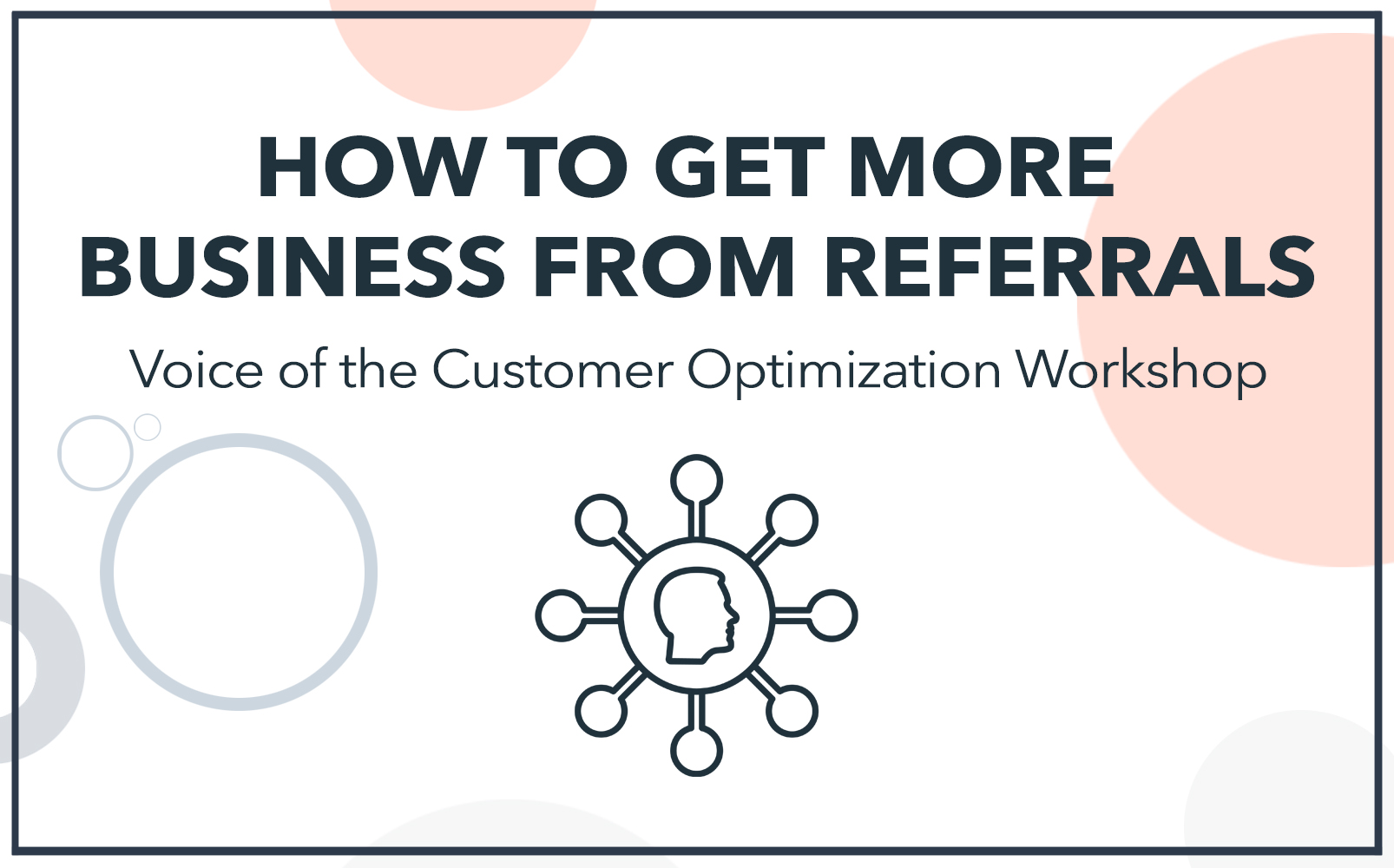


-1-1.png)

